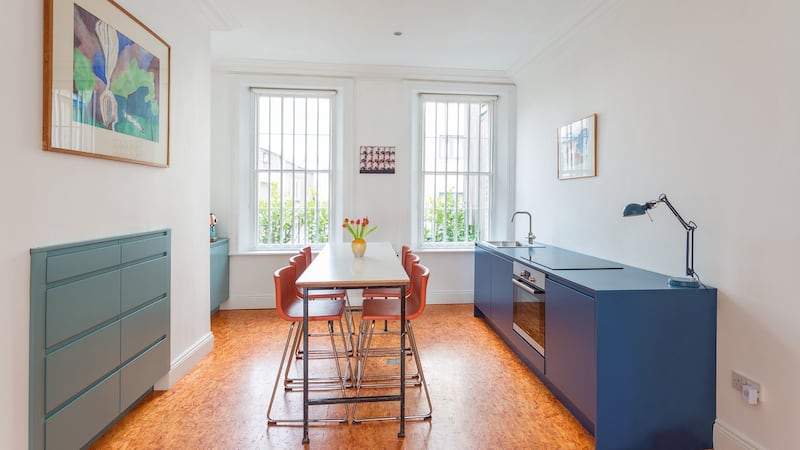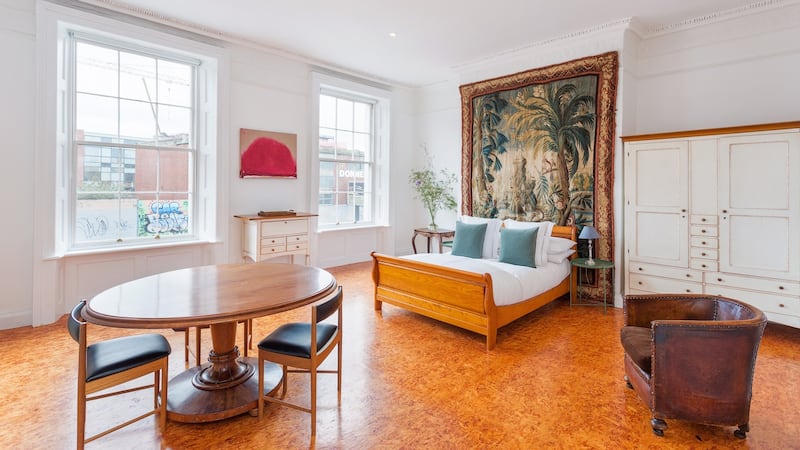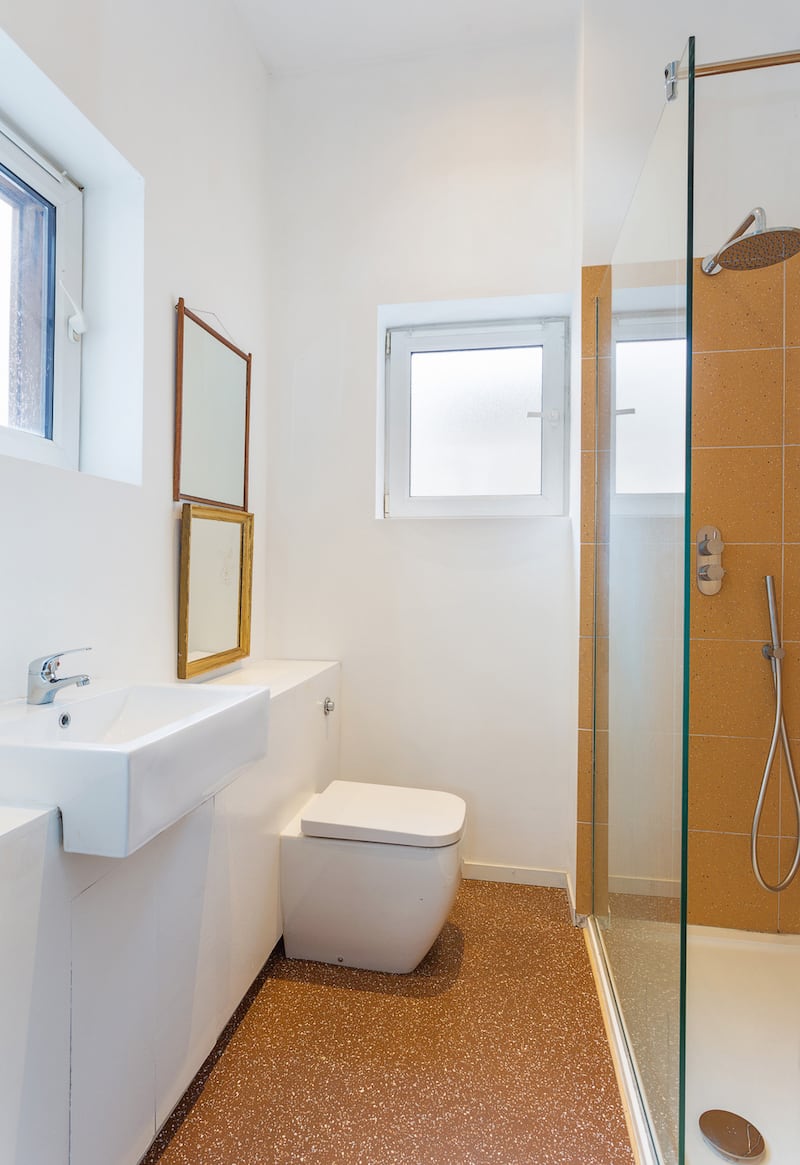Largely neglected for the latter part of the 20th century, Cork Street – once the centre of fine wool, silk and tanning industries – is undergoing something of an urban regeneration.
Weaver Park, the first major project to be developed as part of the Liberties Greening Strategy, opened in 2017, making it the first public park the area has seen in more than a century. It was long overdue, as the street now consists of new, and rather unremarkable apartment blocks housing families in the area.
But standing tall amid the modern matchbox structures, and one of the oldest houses on the street, is number 116, which has undergone a complete refurbishment by its owners artist Tamsin Snow and her partner archaeologist Antoine Giacometti, who purchased the property in 2016 when it had operated as a school.



The house is listed on the National Inventory of Architectural Heritage as dating from 1770, citing the “elaborate door-case with Tuscan columns – the work of skilled stone carvers”, though Giacometti suggests that part of the house predates this. “While excavating the basement I found Dutch fireplace tiles, and this along with a timber frame brick wall suggests part of the property is quite a bit older,” says Giacometti who specialises in 16th century archaeology.
The house, along with number 115, was the residence and tannery of Thomas Ord, who is listed in the 1823 House of Lords inquiry into revenue arising in Ireland. This in itself is worth a read as to how the tanning industry [tanning pits were excavated to the rear of the property] operated in the area.
From the 1880s it was home to Frys Carriage, Lace, Poplin and Irish Silk Factory, for the affluent who bedecked their horse-drawn carriages in lace and silk. But most remarkably, this company produced the flag for the 1916 Rising – which was then hand painted at the Rathmines home of Countess Markievicz.
Today the house – in typical Georgian layout – has two rooms of identical size over three levels. The entire property has been transformed back to a family home, with the addition of a glass room – used as a studio by Snow – which suspends as if floating in mid-air, over a vehicular entrance beside the house.
In total the 219sq m (2,357sq ft) house has four bedrooms, two of which are currently used as offices by the couple. The main bedroom is simply jaw-dropping: it’s large enough to throw a party, and the fact it houses a dining table suggests this could be the case. The bathrooms lie in a timber-clad return to the rear of the property.
At hall level are a livingroom and kitchen, and the rest of the property is completely flexible, whether it remains four bedrooms plus the glass studio, or as is – allowing a couple to work from home and have a spacious light-filled office each, with two bedrooms and the glass box studio.
There is on-street parking to the front, and also three spaces available in an underground car park to the rear, where the annual cost per space is €300.
The house is seeking €800,000 through Sherry FitzGerald, which for Cork Street may cause a bit of stir. But to compare prices that people are prepared to pay in the area for unusual properties are two apartments not far away in The Warehouse off Clanbrassil Street. Last year a 95sq m (1,022sq ft) unit sold for €500,000 and in early 2014, number 39, at 204sq m (2,195sq ft) achieved a whopping €785,000 – when the storm clouds of the recession still hung low, showing that curiosities always carry a premium.









